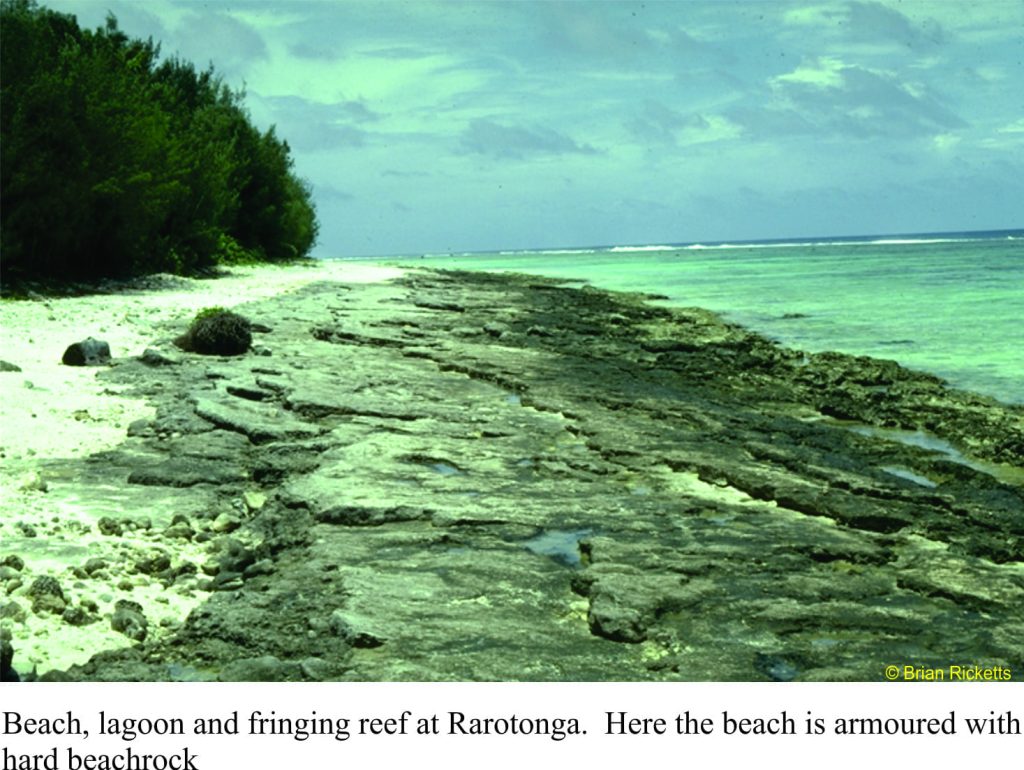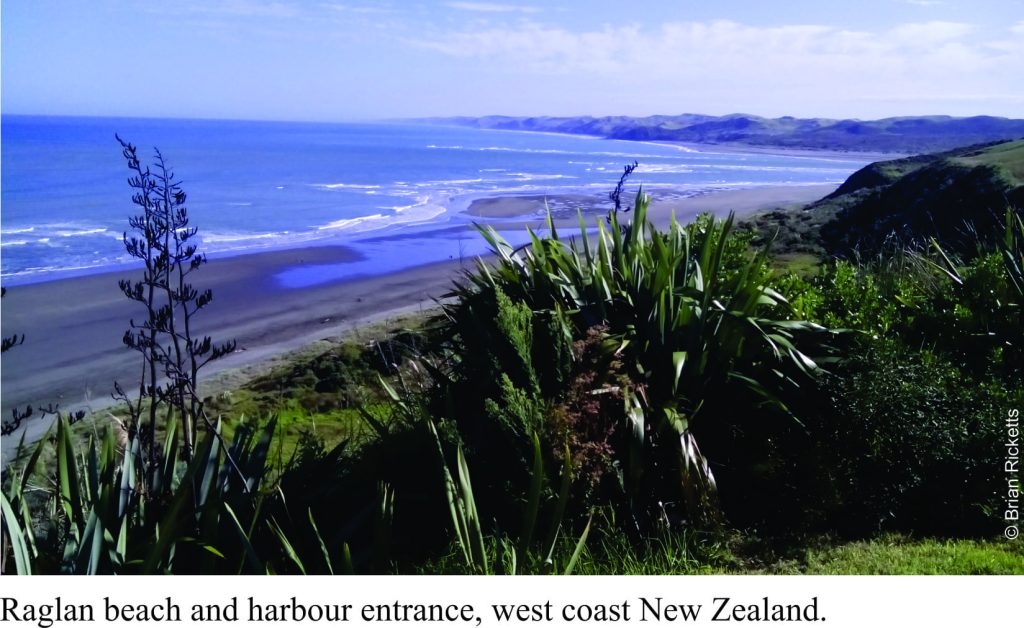Oceanic islands, specks, some barely visible across expansive seas; conjured images of a tropical paradise – the overstated tourist brochure or the understated Gauguin portrait. The images are iconic. And they are home to tens of millions of people. Not stated in all the hype is their fragility – a fragility borne of all the processes which shape oceanic islands; geological, biological, climate and perhaps anthropological. We have been reminded of their fragility by recent evidence that some islands are at risk of disappearing beneath the waves. Media reports of their demise tend to focus on rising global sea levels caused by climate change. However, it is important to consider an island’s state in the context of all the natural processes that led to its formation, because its ultimate fate, from a geological perspective, is to founder.
Tag Archives: subsidence
“My water well taps into an underground river” and other myths
“Our water well taps into an underground lake”.
“There’s an underground river running beneath our property”.
“The river under our property comes from that volcano over there” (about 100km away)
These are just some of the explanations and descriptions of groundwater that persist in common discussion. Of course there are ‘underground rivers’ but they are generally restricted to limestone country, along with landforms like karst and sinkholes. But underground lakes…?
This, the 3rd post in the Groundwater Series looks at aquifers and groundwater storage
Whiskey is for drinkin’; water is for fightin!


This is the first in a series of posts on underground water, or groundwater. The posts will outline, with a non-specialist perspective, the science of aquifers, groundwater movement, how groundwater interacts with surface water, water extraction-pumping, and contamination. Continue reading
The sea level equation
Sea levels have risen and fallen countless times over geological history. We see this in the way successive strata are arranged and in the kind of ancient environments that each sedimentary layer or group of layers represents. For example, we may observe that layers deposited in relatively deep water are overlain by layers that indicate successively shallower conditions, then inundated once again by deeper seas. Geologists consider cycles of sea level change like this to be the ‘norm’. However, deciphering the causes of sea level change remains problematic; has global sea level risen or fallen (for example because of changing icecap volumes), or has the land surface and sea floor subsided or uplifted? Or have both processes been active? When we attempt to answer these questions, we need to remind ourselves of what processes are actually involved in changing actual and relative sea level. This post summarizes the most common causes. They are relevant not only for geologists trying to solve stratigraphic puzzles, but for anyone considering the effects and potential risks of changing sea levels as they take place today. Continue reading



